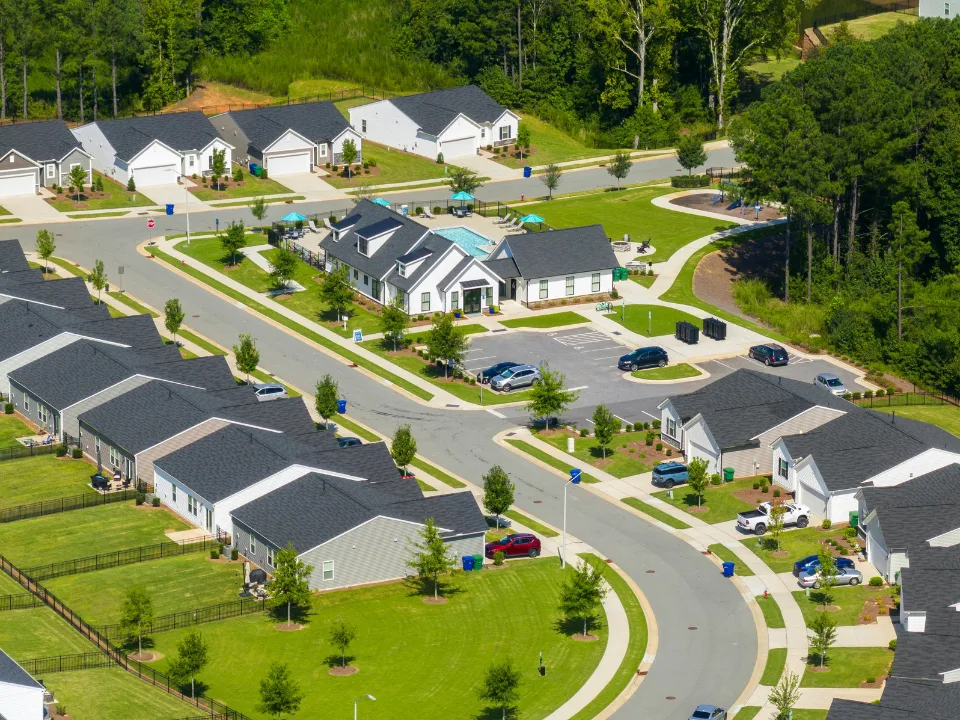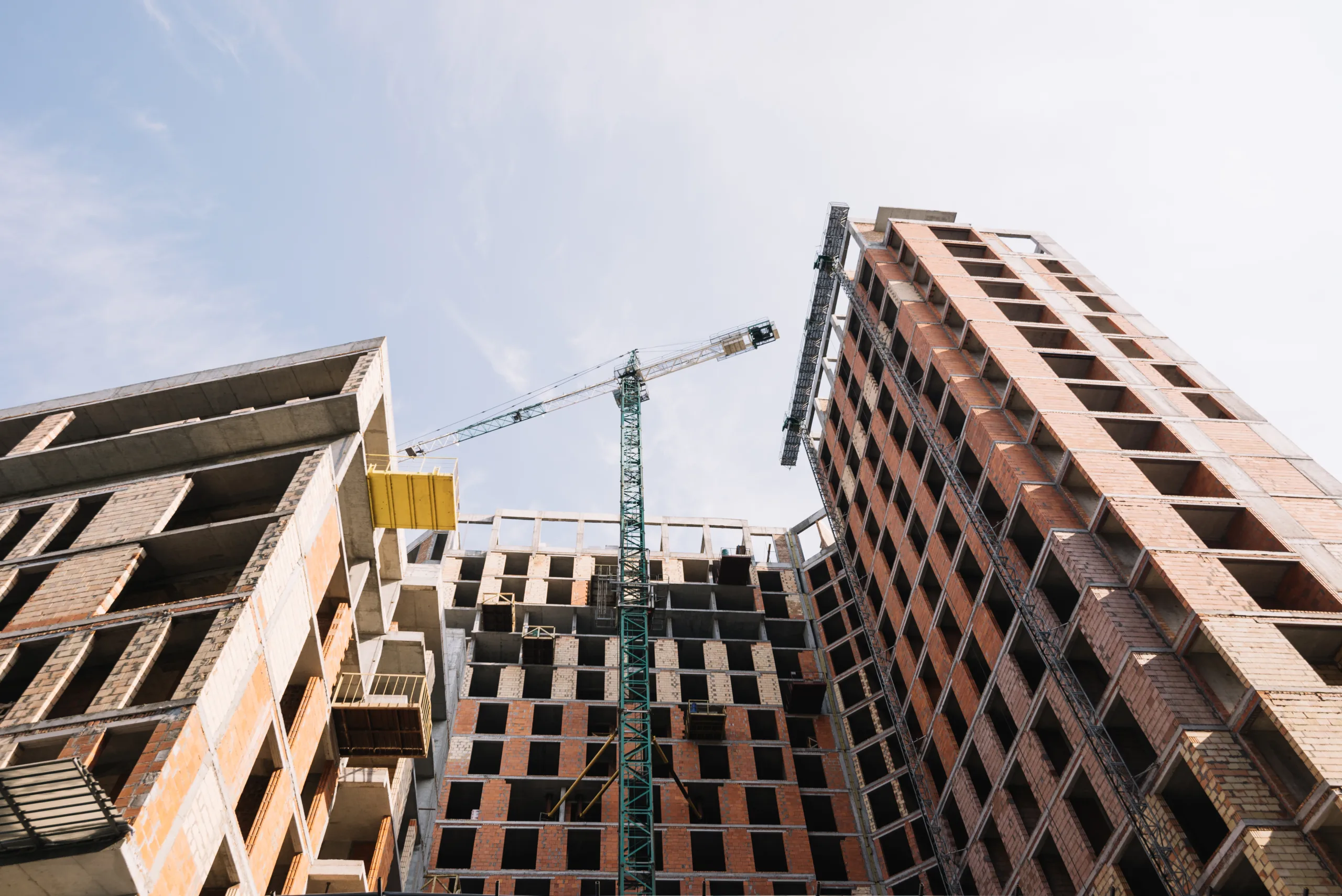- California’s state-level LIHTC complements the federal program, helping developers close financing gaps and generate equity by stacking tax credits.
- Markets like Redding and Chico are leveraging LIHTC, though the program remains underutilized due to its complexity and California’s preference for new construction over rehabilitation.
- Rising construction costs, skilled labor shortages, and prohibitive interest rates are pushing developers to consider alternative financing structures like LIHTCs to make deals feasible.
As California’s housing crisis deepens, developers are increasingly turning to the state-level Low-Income Housing Tax Credit (LIHTC) to make affordable housing developments financially viable. By pairing federal and state tax incentives, LIHTC is emerging as a key strategy to overcome rising costs and funding gaps, reports GlobeSt.
A Financial Bridge
According to Brad Butler, a partner at law firm Frost Brown Todd LLP, LIHTCs help fill financing gaps that traditional funding no longer covers. “Developers are encouraged to stack various tax credits, including historic rehabilitation credits,” Butler told GlobeSt, emphasizing the program’s role in project feasibility. Despite being active in only about half the US, California’s version offers an important supplement to the federal LIHTC program.
Why It’s Underused
Despite its benefits, the program is complex and often underutilized. Butler notes that state incentives tend to favor new construction, even though rehabilitation projects may be more cost-effective. “It costs more to build ground-up than to buy and rehab,” he said, pointing out that high interest rates and labor shortages further complicate new developments.
Get Smarter about what matters in CRE
Stay ahead of trends in commercial real estate with CRE Daily – the free newsletter delivering everything you need to start your day in just 5-minutes
How It Works
The federal LIHTC provides tax credits over a 10-year span based on investment into qualified multifamily housing. In California, those properties must remain affordable for at least 55 years. Units serve those earning 60% of area median income, with rents capped at 30% of that income.
Boosting Equity
These tax credits attract investors who provide upfront equity. For instance, $10M in expected tax credits could yield $9M in investor equity at a $0.90 per-credit price. On top of that, developers can apply for historic rehabilitation or energy credits, along with the state-level LIHTC, to further increase equity and reduce financing pressure.
Why It Matters
Affordable housing is in short supply across California, including markets like Redding and Chino. With home prices outpacing wages and construction costs rising, LIHTC offers one of the few viable paths forward for developers—and one of the few solutions available to stem the affordability crisis.
What’s Next
With traditional deal structures failing to pencil out, Butler believes alternative frameworks like LIHTC stacking will become more common. The success of LIHTC California could redefine how affordable housing is financed and developed across the state amid rising demand.


















